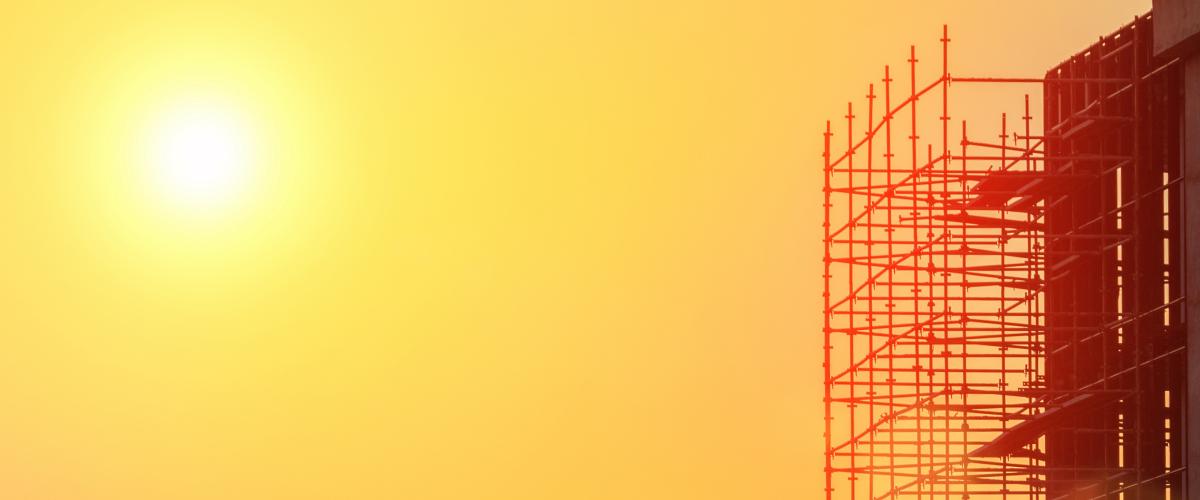
Blogs
For the past three years, we at the World Bank and the Global Facility for Disaster Reduction and Recovery (GDFRR) have been implementing the Strengthening Financial Resilience and Accelerating Risk Reduction in Central Asia program (SFRARR, The Program), funded by the European Union. The Program supports all five Central Asian countries—Kazakhstan, Kyrgyz Republic, Tajikistan, Turkmenistan, and Uzbekistan— to improve financial resilience and risk-informed investment planning toward building disaster and climate resilience across the region.
For more than a million people (estimated 15% of the Caribbean population) who have physical, sensory, and intellectual disabilities, disasters are more daunting prospects than usual. To better respond to these challenges, the unique needs and capacities of persons with disabilities must be better understood, incorporated in planning and translated into tangible outcomes. This can be achieved through meaningful inclusion of persons with disabilities in the decision-making processes.

 Claudia Soto Orozco
Claudia Soto Orozco
 Cécile Arnaud Lorillou
Cécile Arnaud Lorillou
 Urška Zrinski
Urška Zrinski
 Bernard Myers
Bernard Myers
 Chyi-Yun Huang
Chyi-Yun Huang
 Dinara Muldabayeva
Dinara Muldabayeva
 Daniel Kull
Daniel Kull
 Tolkun Jukusheva
Tolkun Jukusheva
 Naveed Hassan Naqvi
Naveed Hassan Naqvi
 Linda Anderson-Berry
Linda Anderson-Berry
 Ronette Jordan
Ronette Jordan
 Naraya Carrasco
Naraya Carrasco
 Bernard Myers
Bernard Myers
 Urška Zrinski
Urška Zrinski
 Sarah Charles
Sarah Charles
 Niels Holm-Nielsen
Niels Holm-Nielsen
 Citra Kumala
Citra Kumala
 Tony Hartanto Widjarnarso
Tony Hartanto Widjarnarso
 Lesley Jeanne Y. Cordero
Lesley Jeanne Y. Cordero
 Muhammad Halik Rizki
Muhammad Halik Rizki
 Jian Vun
Jian Vun